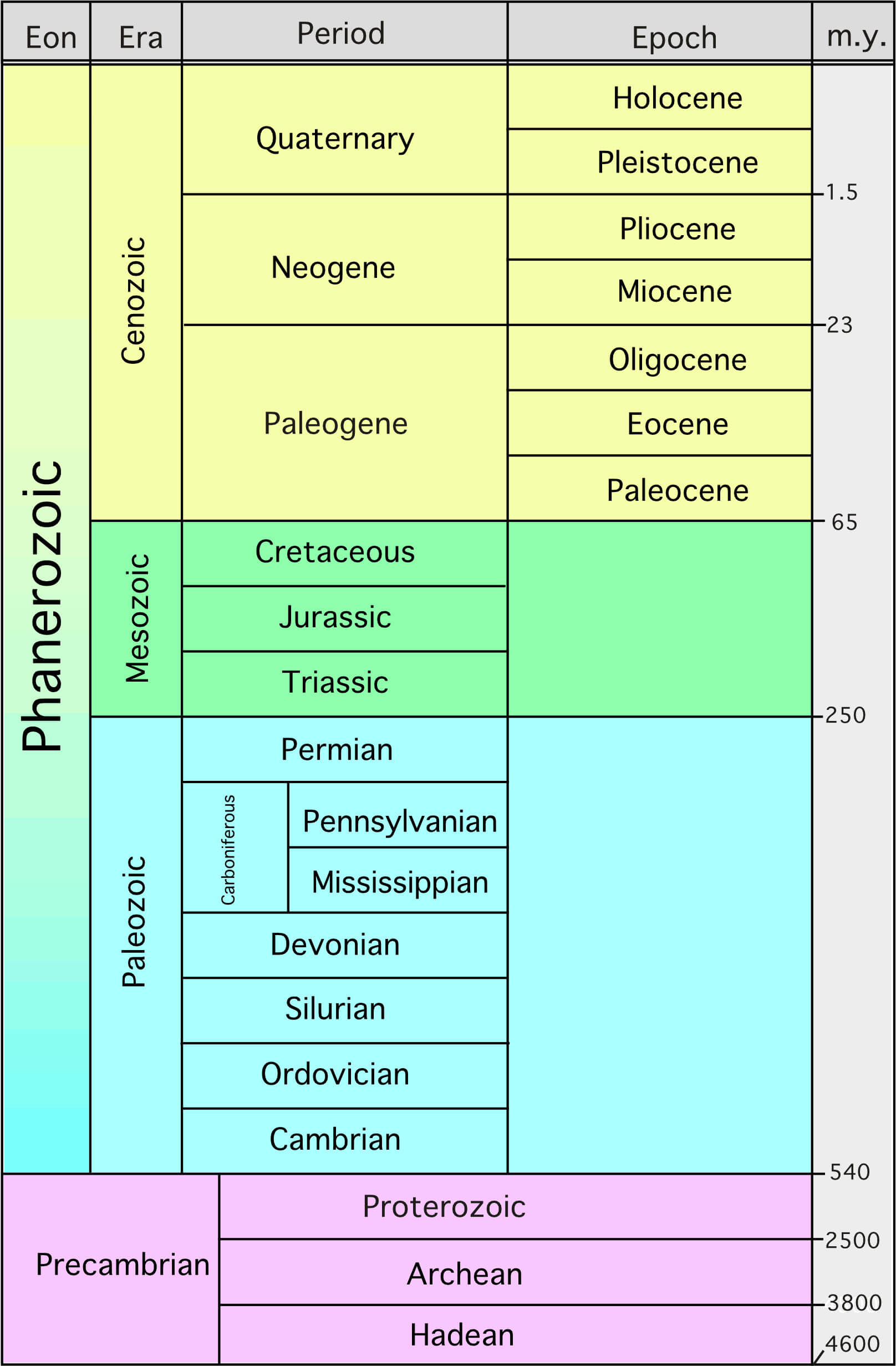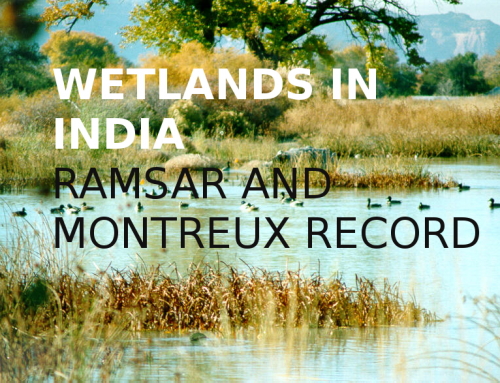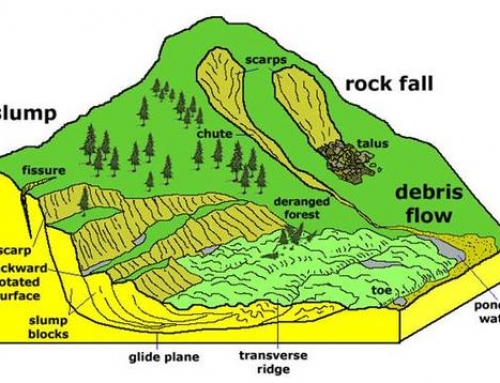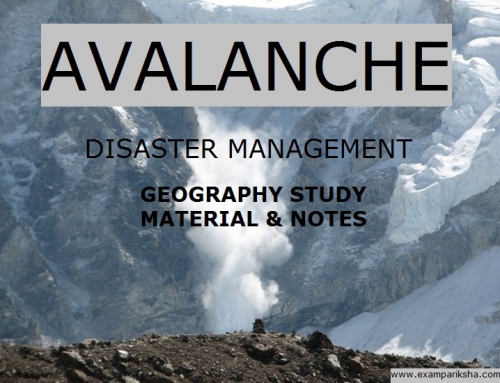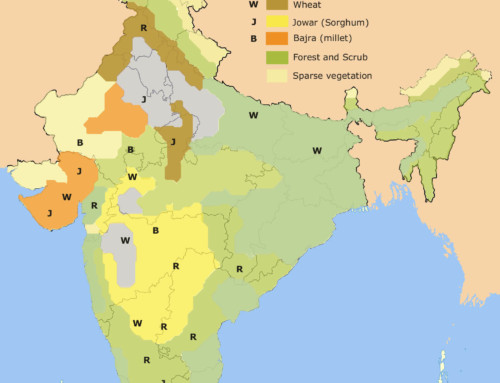It is given fact that the radius of earth is 6,370 km. Therefore, the interior of Earth can not be studied only by direct observations. But its properties are studied indirectly by deducing conclusions from the study of earthquake waves that propagate through the interior rocks and other such indirect means.
Configuration of surface of earth is a product of exogenic and endogenic processes in earth. It is the endogenic processes that determine the interior configuration of earth.
Sources of study of interior of earth:
I. Direct sources –
- Deep ocean drilling reveals humongous information through analysis of materials collected at different depth.
- Volcanic eruption deliver information by the means of molten magma that comes out of Earth’s interiors. But, its difficult to determine the depth of such magma’s origin.
- Surface rocks are readily available earth material.
- Gold mines go to a depth of 5 km on an average, these serve as good opportunities for studying the depths of earth.
II. Indirect sources –
- Temperature and pressure patterns through mining activity : An increase in temperature and pressure with depth means an increase in density as well. Hence it becomes possible to determine the rate of change of characteristics of material of earth. This has lead to the knowledge of the layers of earth.
- Meteors : These are extra-terrestrial masses reaching the earth’s surface. They have material and structure similar to earth and give information about the materials of which earth is formed of.
- Gravitation force(g) : The force exerted by the Earth on all things in its range is not same along all lattitudes, it is variable over different places. Observations suggest that gravitational force is greater at poles, and lesser at equator. This is due to increased distance from the core. This difference in (g) is also attributed to the uneven material mass distribution.
- Magnetic surveys: The distribution of magnetic materials gives idea of magnetic field of earth which indicates densitytand type of material present in the interior of earth.
- Sesmic activity: This gives most important evidences of interior of earth. Earthquakes give a fair idea of interior of earth. We shall look into the details of Earthquake laters on.
Structure of Earth
I. The Crust: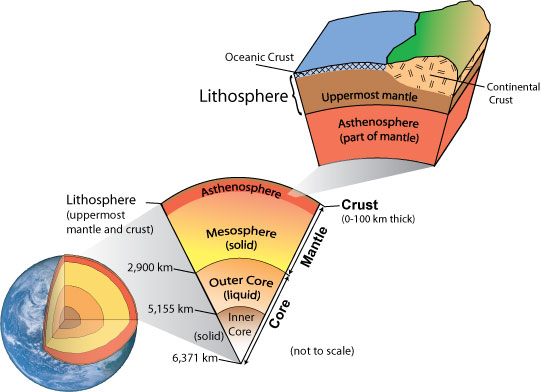
It is the outermost solid and brittle part of the Earth.
- Oceanic crust is thinner – 5 km mean thickness. It is made up of heavier rocks like basalt. The mean density of material here is 2.7 g/cm3.
- Continental crust is thicker – 30 km mean thickness. The mean density of material here is 3 g/cm3.
- Upper crust is known as SIAL and lower crust is known as SIMA.
Himalayan crust is 70 km thick since the continental crust is usually thicker in mountaineous areas.
II. The Mantle:
The portion of interior of crust is called mantle. It extends from Moho’s discontinuity to 2,900 km. The upper part of mantle is called – Asthenoshpere. “Asthen” means weak. It extends upto 400 km and it is the main source of magma.
Lithosphere is the crust and uppermost solid part of the mantle. It has thickness in range of 10-200km. The lower mantle extends beyond aesthenosphere and remains in the solid state. It should be noted here that the mantle has higher density than the crust.
III. The Core:
- The composition of this layer was understood by studying the Earthquake waves. It is liquid on the outer side, but the inner core is solid.
- The density of core towards mantle to centre is in the range of 5- 13 g/cm3.
- It is constituted by very heavy materials, primarily Nickel and Iron. Therefore, it is also called the ” nife” layer.
Geological Time Scale
Geological time scale is a system of chronological measurement of time, and it is usually referred by Earth scientists to describe the timing and the relationships between events that have occurred throughout Earth’s history since its inception. There are few specific words used in this time scale which should be explained for better understanding of the time scale.
- Eon > Era > Period > Epoch > Age is the descending order of time scale used to describe the geological time history.
- The ongoing Epoch is Holocene, it is also known as the age of Human beings.
